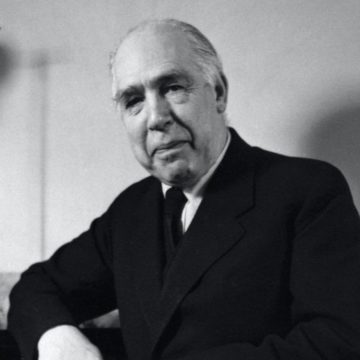by Ashutosh Jogalekar

Werner Heisenberg was on a boat with Niels Bohr and a few friends, shortly after he discovered his famous uncertainty principle in 1927. A bedrock of quantum theory, the principle states that one cannot determine both the velocity and the position of particles like electrons with arbitrary accuracy. Heisenberg’s discovery foretold of an intrinsic opposition between these quantities; better knowledge of one necessarily meant worse knowledge of the other. Talk turned to physics, and after Bohr had described Heisenberg’s seminal insight, one of his friends quipped, “But Niels, this is not really new, you said exactly the same thing ten years ago.”
In fact, Bohr had already convinced Heisenberg that his uncertainty principle was a special case of a more general idea that Bohr had been expounding for some time – a thread of Ariadne that would guide travelers lost through the quantum world; a principle of great and general import named the principle of complementarity.
Complementarity arose naturally for Bohr after the strange discoveries of subatomic particles revealed a world that was fundamentally probabilistic. The positions of subatomic particles could not be assigned with definite certainty but only with statistical odds. This was a complete break with Newtonian classical physics where particles had a definite trajectory, a place in the world order that could be predicted with complete certainty if one had the right measurements and mathematics at hand. In 1925, working at Bohr’s theoretical physics institute in Copenhagen, Heisenberg was Bohr’s most important protégé had invented quantum theory when he was only twenty-four. Two years later came uncertainty; Heisenberg grasped that foundational truth about the physical world when Bohr was away on a skiing trip in Norway and Heisenberg was taking a walk at night in the park behind the institute. Read more »
